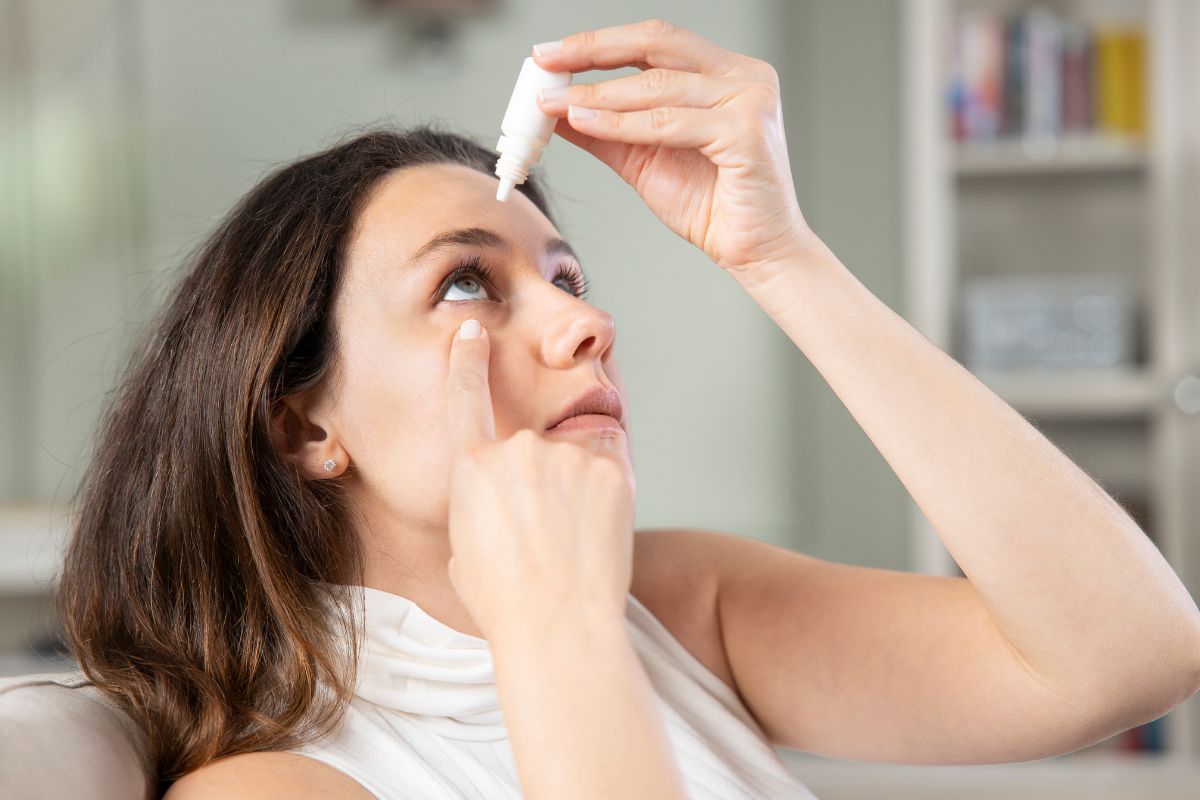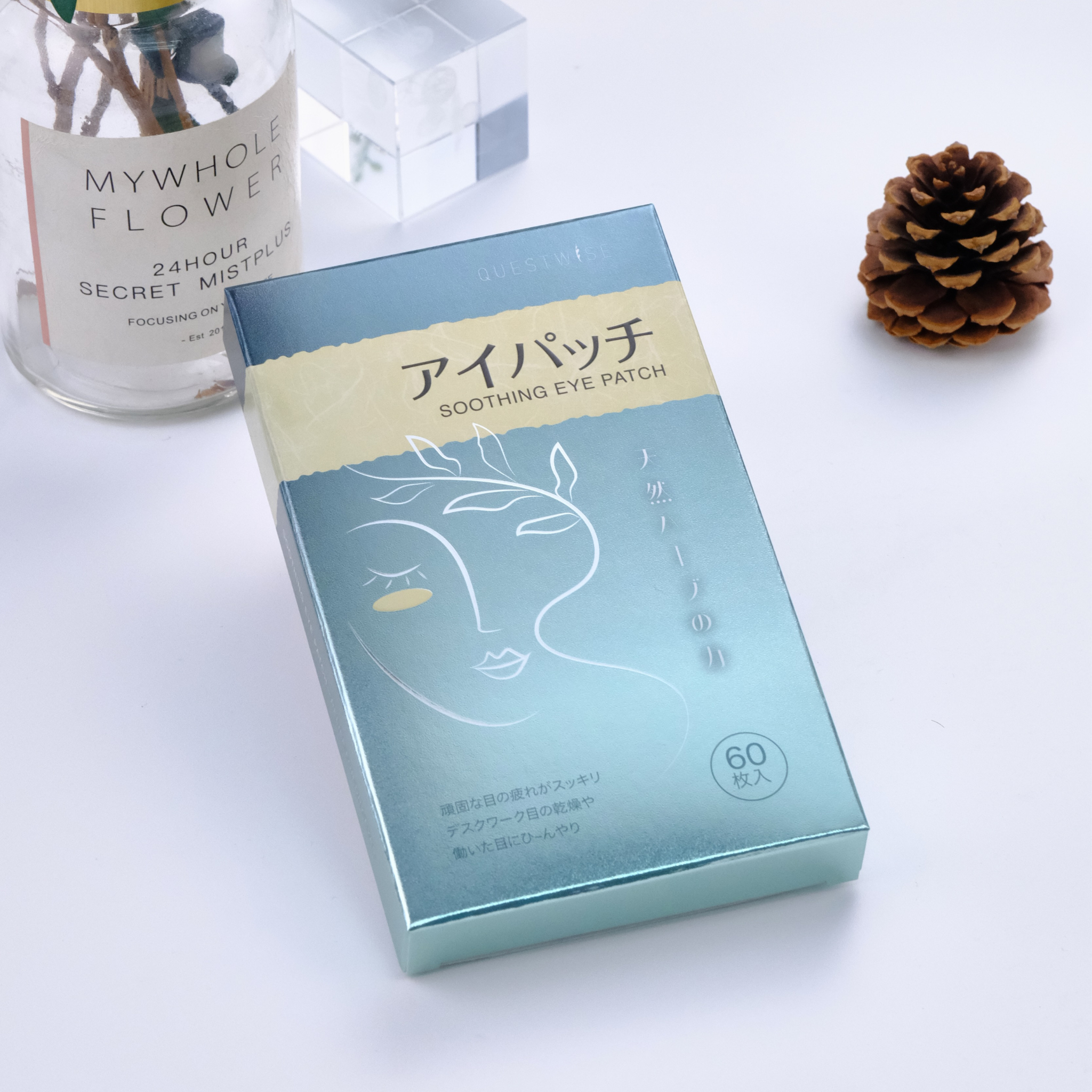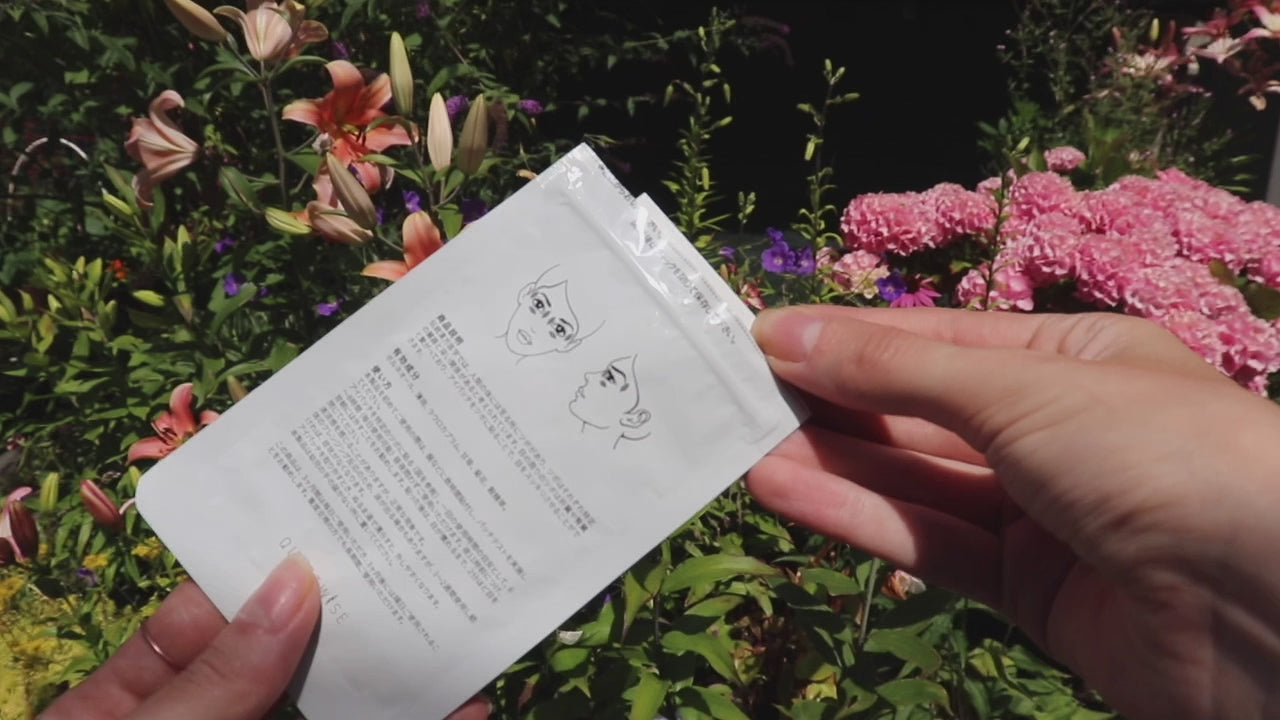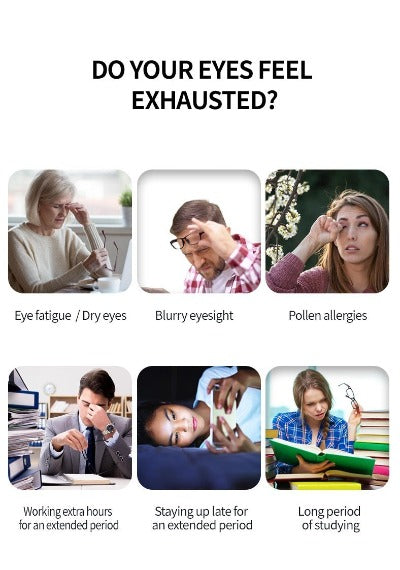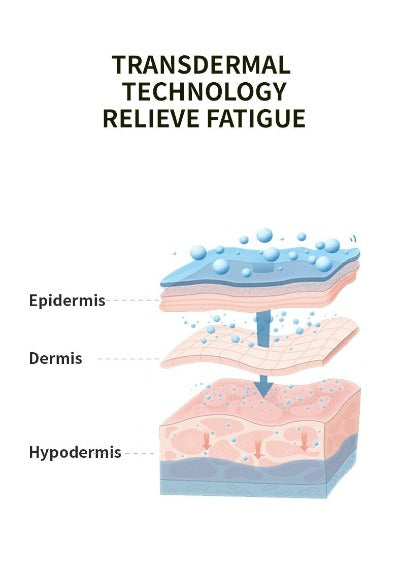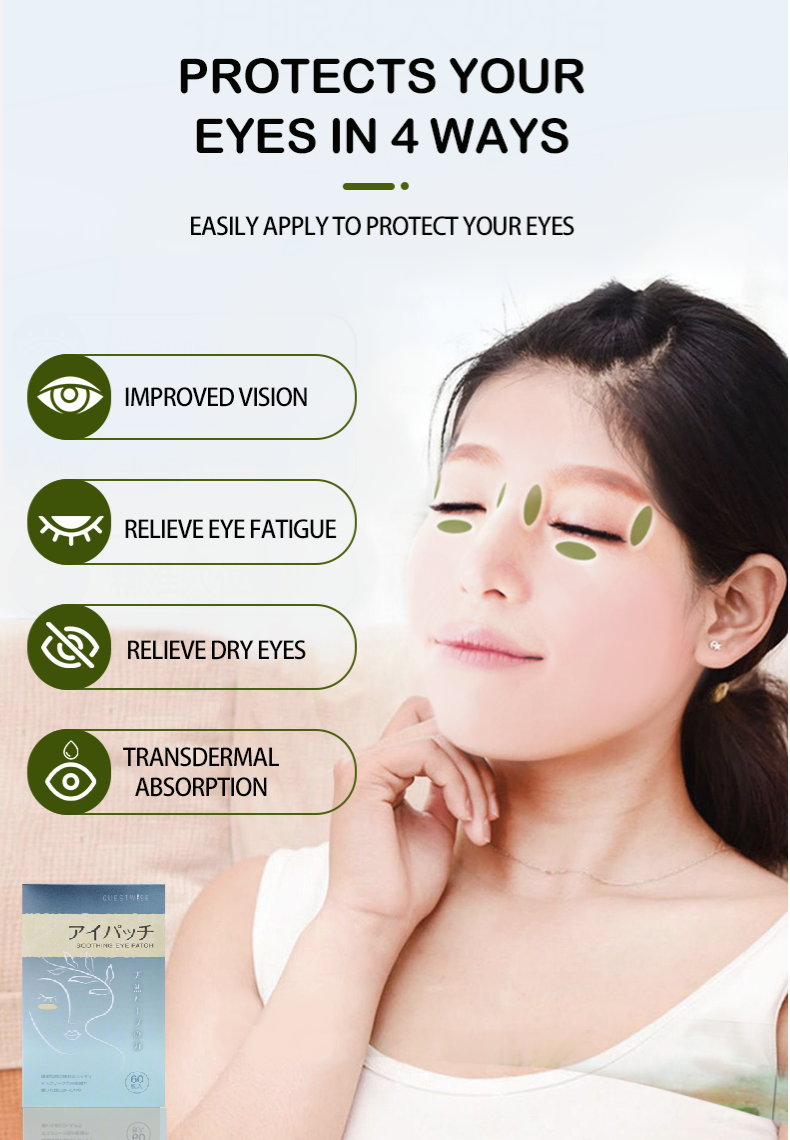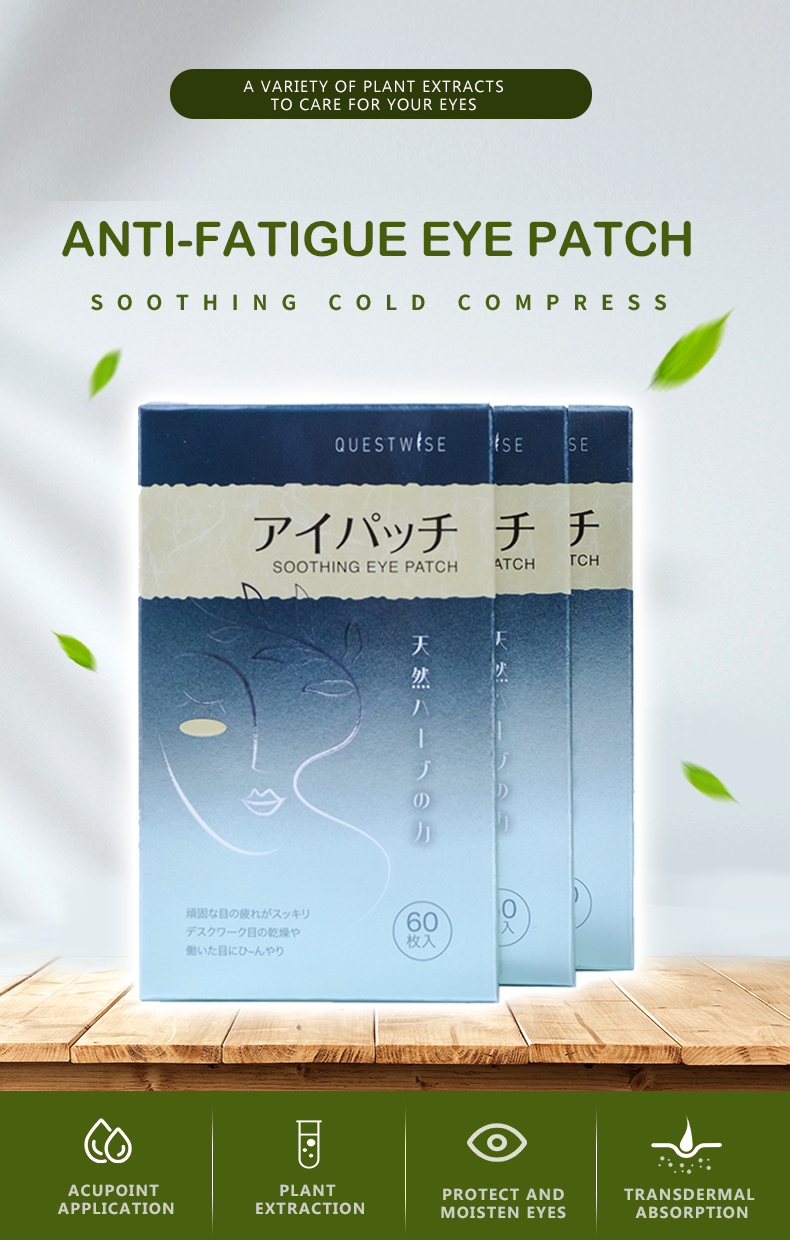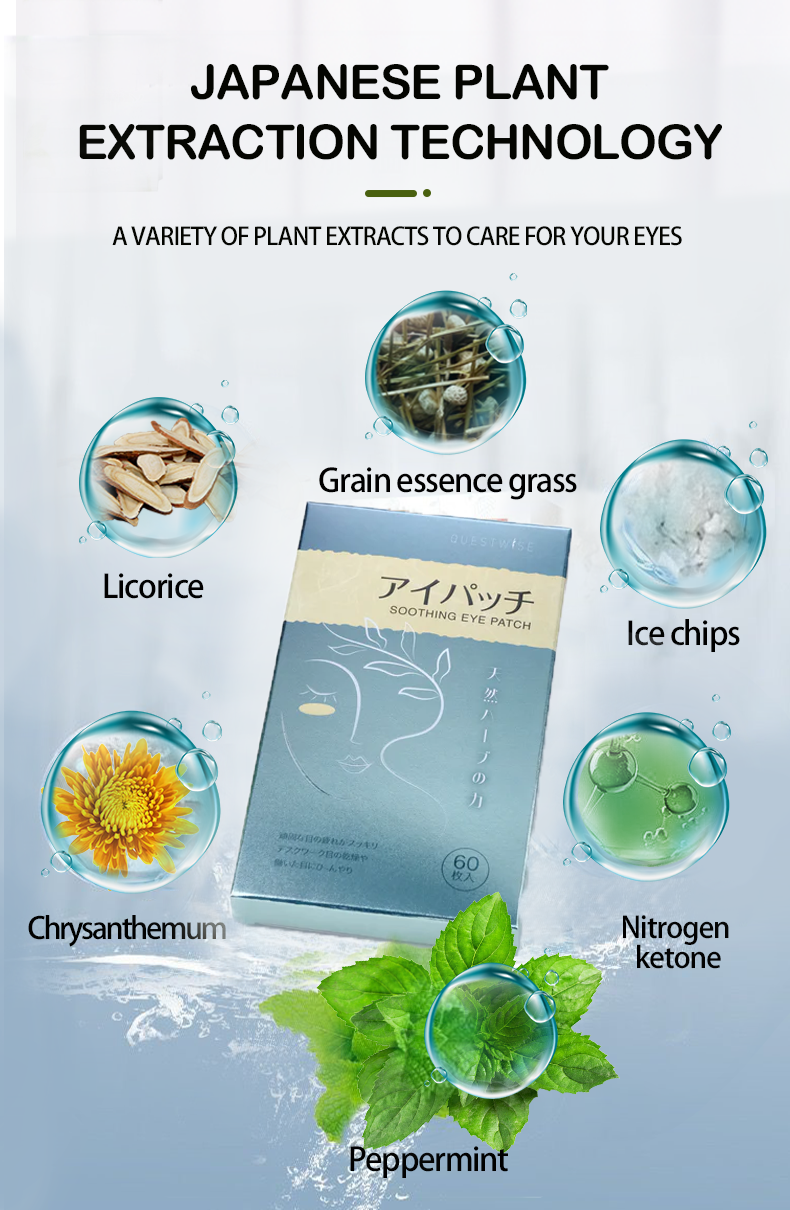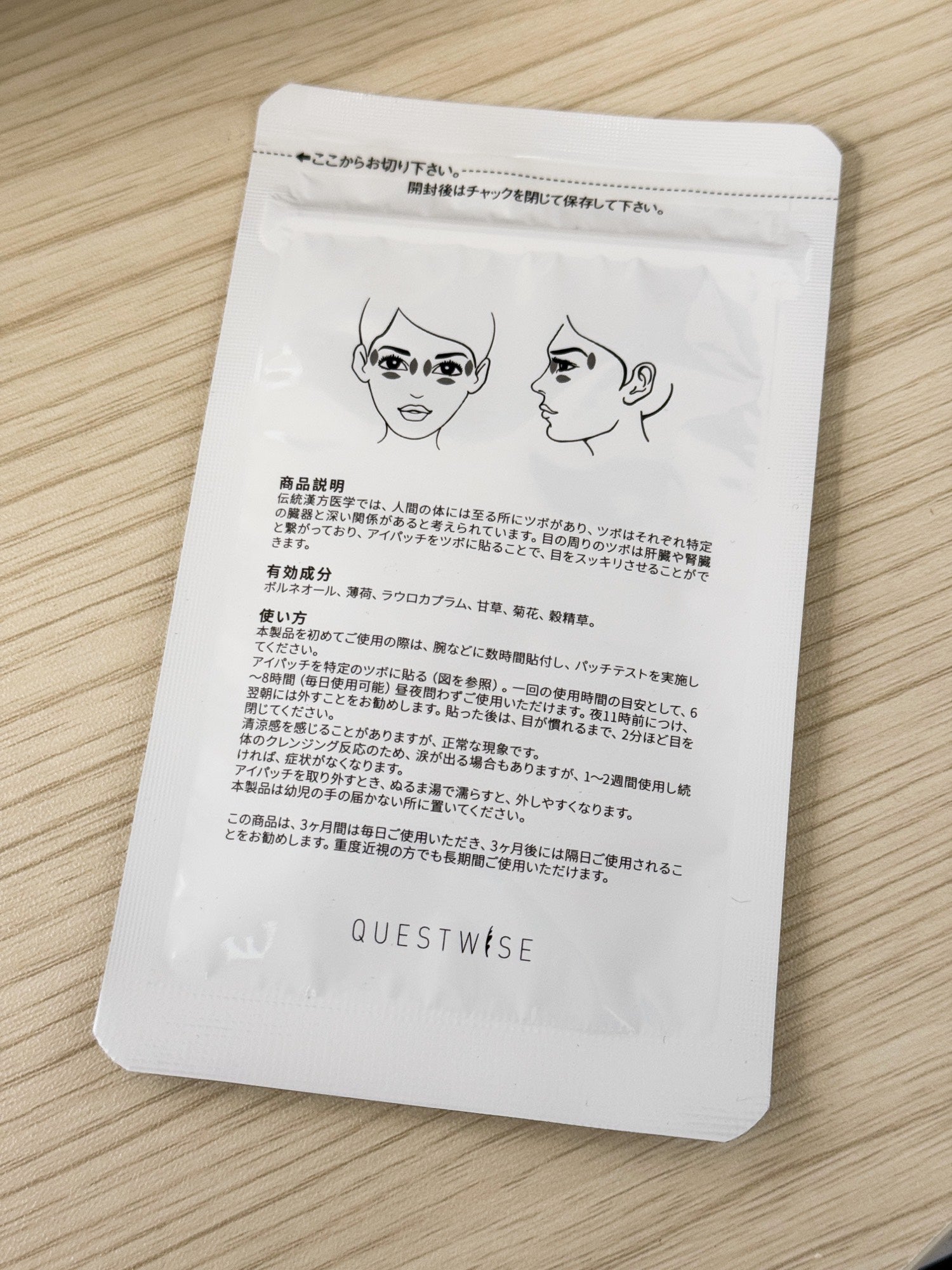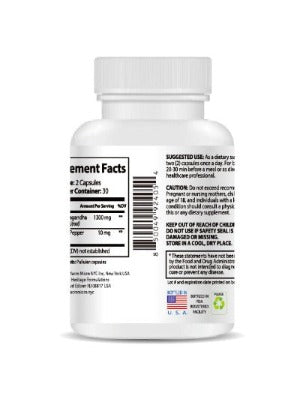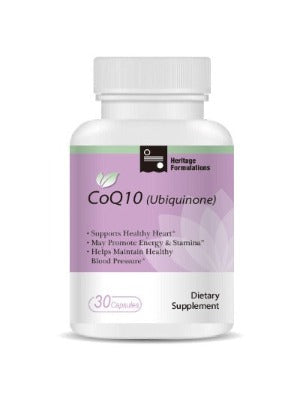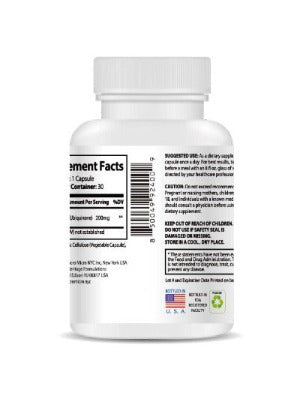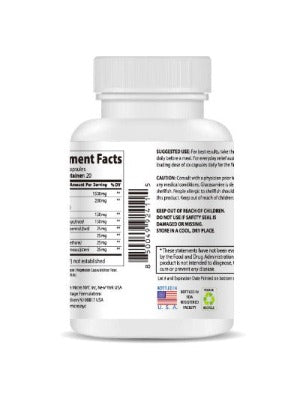Dry Eye Symptoms in the Workplace: A Comprehensive Guide to Prevention and Relief in 2025
In 2025, the modern workplace presents numerous challenges to our well-being, and one often overlooked issue is the prevalence of dry eye symptoms. Spending countless hours staring at computer screens, coupled with artificial indoor lighting and air conditioning, creates a perfect storm for dry eye syndrome (DES). This condition, characterized by insufficient tear production or excessive tear evaporation, affects productivity, comfort, and long-term eye health. This comprehensive guide will delve into the causes, symptoms, and most importantly, the effective strategies for protecting your eyes in the workplace. We'll explore the latest research, practical solutions, and introduce innovative products designed to alleviate dry eye discomfort.
Understanding Dry Eye Symptoms: A Deeper Dive
Dry eye symptoms extend far beyond the simple feeling of dryness. While a scratchy, gritty sensation is a common complaint, the experience can be multifaceted and debilitating for some individuals. Let's explore a broader spectrum of symptoms, categorized for clarity:
Early Stage Symptoms:
- Mild Dryness: A subtle feeling of dryness or occasional irritation, often alleviated by blinking or resting the eyes.
- Intermittent Blurring: Temporary blurring of vision that resolves spontaneously.
- Slight Discomfort: Mild burning, stinging, or itching.
Moderate Stage Symptoms:
- Persistent Dryness: A constant feeling of dryness and discomfort, even after blinking.
- Frequent Blurring: More frequent and prolonged blurring, impacting daily tasks.
- Increased Discomfort: More intense burning, stinging, itching, and a gritty sensation.
- Foreign Body Sensation: The persistent feeling of having something in your eye, even when nothing is present.
Severe Stage Symptoms:
- Chronic Dryness: Constant, severe dryness with significant discomfort.
- Severe Blurring: Consistent and significant blurring of vision, significantly impacting daily activities.
- Intense Discomfort: Severe burning, stinging, itching, and a significant gritty sensation. Pain may be present.
- Excessive Tearing: Ironically, excessive tearing can occur as a reflex response to irritated, dry eyes.
- Sensitivity to Light (Photophobia): Increased sensitivity to light, making it difficult to work in brightly lit environments.
- Stringy Mucus: The presence of stringy mucus in or around the eyes.
- Eye Fatigue and Strain: Prolonged dryness leads to eye fatigue and strain, often accompanied by headaches.
If you experience any combination of these symptoms regularly, it’s crucial to consult an ophthalmologist or optometrist for proper diagnosis and treatment. Early intervention is key to preventing long-term complications such as corneal damage.
Workplace Culprits: Unmasking the Hidden Triggers
The modern workplace environment is often a significant contributor to dry eye symptoms. Several interconnected factors combine to create an environment that's less than ideal for eye health:
Environmental Factors:
- Prolonged Screen Time: Staring at computer screens for extended periods reduces blinking frequency, leading to tear film instability. The blue light emitted from screens also contributes to eye strain and dryness.
- Air Conditioning: Air conditioning systems often dry out the air, exacerbating eye dryness. This is particularly problematic in offices with low humidity.
- Poor Lighting: Inadequate or harsh lighting can strain the eyes and contribute to dryness. Glare from overhead lights or poorly positioned screens can also worsen symptoms.
Lifestyle and Health Factors:
- Dehydration: Insufficient fluid intake can decrease tear production.
- Contact Lenses: While convenient, contact lenses can sometimes worsen dry eye symptoms for some individuals, especially those already prone to dryness.
- Certain Medications: Some medications, such as antihistamines and decongestants, have dry eye as a side effect. Discuss any medications you take with your doctor or pharmacist.
- Underlying Medical Conditions: Certain autoimmune diseases and hormonal imbalances can also contribute to dry eye.
Ergonomic Factors:
- Poor Posture: Poor posture can restrict blood flow to the eyes and contribute to dryness and strain.
- Incorrect Screen Positioning: Screens that are positioned too high or too low can force you to strain your eyes.
Understanding these triggers allows you to implement targeted solutions to protect your eyes and mitigate the impact of these workplace factors.
Protecting Your Eyes: Practical Strategies for Workplace Wellness
Protecting your eyes at work doesn't require a complete overhaul of your routine; simple, proactive strategies can make a substantial difference. These strategies fall into several categories:
Environmental Modifications:
- Adjust Screen Settings: Reduce screen brightness and contrast, and consider using an anti-glare screen protector to reduce glare and reflections.
- Optimize Lighting: Ensure adequate, indirect lighting in your workspace to minimize eye strain. Consider using a desk lamp for supplemental light.
- Humidifiers: Using a humidifier, particularly during dry seasons or in air-conditioned environments, can add moisture to the air and alleviate dryness.
- Regular Cleaning: Regularly clean your computer screen to reduce dust accumulation which can irritate your eyes.
Behavioral Modifications:
- The 20-20-20 Rule: Every 20 minutes, look away from your screen at an object 20 feet away for 20 seconds. This allows your eyes to refocus and reduces strain.
- Conscious Blinking: Make a conscious effort to blink regularly. Dry eyes often result from infrequent blinking due to screen focus.
- Hydration: Drink plenty of water throughout the day to stay hydrated, as dehydration can contribute to dry eyes.
- Regular Breaks: Take short breaks throughout the day to rest your eyes and allow them to recover.
- Eye Massage: Gently massage your eyelids to stimulate tear production and improve circulation.
Product Solutions:
- Lubricating Eye Drops: Use artificial tears or lubricating eye drops as needed to lubricate the eyes and prevent excessive dryness. Consult your eye care professional for recommendations.
- Wise Quest Soothing Eye Patches: For targeted relief from the discomfort of dry eyes, consider incorporating Wise Quest Soothing Eye Patches into your routine. These innovative patches harness the power of traditional Chinese herbal medicine to alleviate a range of eye issues, including eye fatigue, dryness, astringency, redness, and swelling. The patches promote healthy blood circulation around the eyes, offering a natural and effective way to combat the discomfort associated with dry eye symptoms. They provide targeted relief, making them ideal for use during breaks or after a long workday.

By using Wise Quest Soothing Eye Patches in conjunction with the preventative measures outlined above, you can significantly improve your eye health and overall well-being.
Regular Eye Exams: The Cornerstone of Eye Health
Regular comprehensive eye exams are crucial for maintaining good eye health. During these exams, an optometrist or ophthalmologist can detect early signs of dry eye and other eye conditions, allowing for timely intervention and treatment. They can also assess the severity of your dry eye and recommend the most appropriate course of action.
Conclusion: Prioritize Your Eye Health for a Brighter Future
In conclusion, dry eye symptoms are a prevalent issue in the modern workplace, significantly impacting both productivity and quality of life. By understanding the causes, recognizing the symptoms, and implementing the preventive and relief strategies discussed above—including the use of Wise Quest Soothing Eye Patches—you can take control of your eye health and ensure a more comfortable and productive work experience. Don't hesitate to consult with an eye care professional if your symptoms persist or worsen. Proactive care is the best investment you can make in your long-term eye health.

